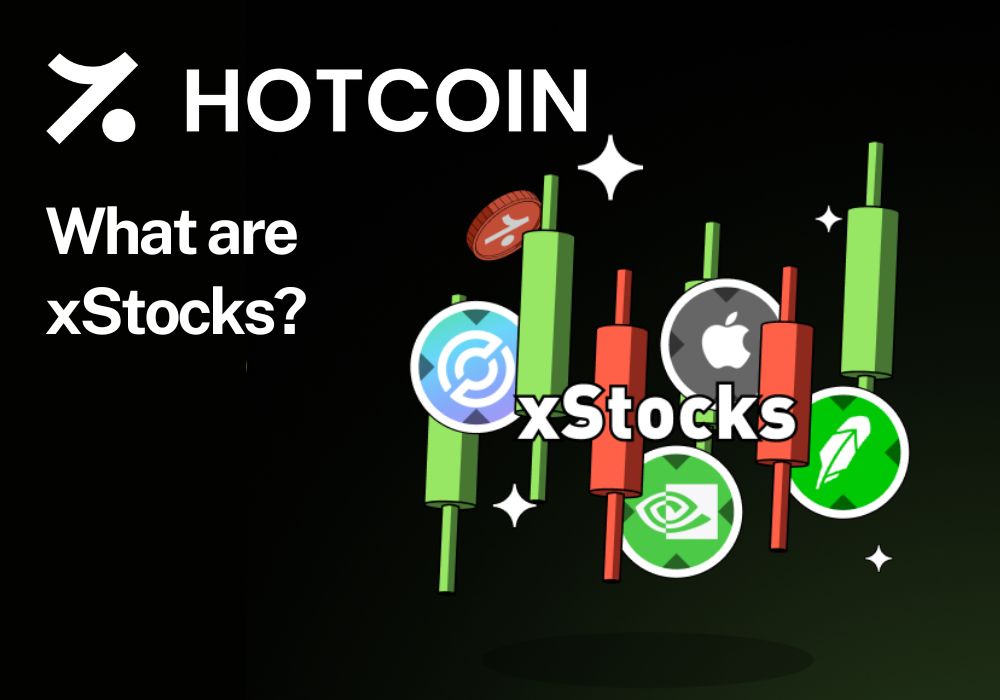
“Buying the top” is every trader’s nightmare, especially in crypto, where euphoric surges can give way to brutal drawdowns and long, patience-testing recoveries. History shows that peak buyers in prior cycles often waited three to five years to see new all-time highs again, which means it takes a lot of patience for buyers to break even if they bought at the wrong timing. This piece distills what past cycles teach, why time-to-recovery can be so long, and how to manage risk so you’re not stuck riding out the next ice age of the market.
Why crypto cycles stretch across years
The single most referenced structural force behind Bitcoin, and therefore the broader crypto market, is the four-year halving schedule. Roughly every four years, Bitcoin’s block reward is cut in half, slowing new supply issuance. That shock to supply has historically coincided with multi-year boom-bust rhythms: acceleration into and after a halving, eventual euphoria, and a deep, prolonged reset.
However, cycles aren’t clockwork. In the current era of spot-ETF flows, institutions, and changing macro, the cadence can shift, compress, or lengthen. Notably, analysts in 2025 debated whether the familiar halving tailwinds were fading as Bitcoin’s post-halving performance lagged prior cycles, suggesting maturation (and lower amplitude) may be at work.
The “trap at the top” in numbers
Looking back offers sobering context:
- Deep drawdowns from peaks are normal. On-chain data dashboards show Bitcoin has repeatedly fallen 70–85% from all-time highs during cycle resets, levels that require enormous percentage gains just to get back to even.
- Time to new ATHs can span years. After major peaks, it has taken hundreds to over a thousand days to print new highs; “days since ATH” trackers make the waiting game painfully clear.
- Cycle timing varies. Research comparing the 2021–25 path to prior cycles finds different peak dates and durations, cautioning against blindly mapping yesterday’s template onto today.
The lesson: if you catch the last leg of euphoria, you can be underwater for three to five years, not just weeks or months.
The psychology that pulls you into the peak
Most peak traps are emotional, not analytical. The classic “Wall Street Cheat Sheet” maps how enthusiasm morphs into euphoria, and then denial, panic, and capitulation. In crypto, social feedback loops and leverage turbocharge each stage. Recognizing you’re near the “this time is different / to the moon” narrative can be a lifesaver.
Why recoveries are slow
- Leverage and forced sellers. Blow-offs leave a trail of liquidations and impaired balance sheets. It takes time for forced sellers to finish and for new marginal buyers to step in.
- Narrative reset. The story that carried prices to the peak (new tech, new rails, new buyer cohort) needs to rebuild credibility, and that’s a calendar process, not a tweet.
- Macro gravity. Rates, liquidity, and growth cycles modulate risk appetite. When policy tightens, the recovery runway lengthens.
- Rotation risk. Within crypto, capital often rotates from prior winners to new narratives. Many altcoins never reclaim old peaks even as Bitcoin eventually does.
Empirically, this translates into multi-quarter to multi-year base-building before sustainable uptrends return. Fidelity Digital Assets has highlighted that extreme volatility clusters around cycle turning points, reinforcing the need for sizing and horizon discipline.
Practical risk management so you’re not stuck for 4–5 years
1) Define entries with a cycle framework, not headlines.
Anchor decisions to cycle markers instead of social sentiment. Examples: where price sits versus prior ATH drawdown bands; how long it’s been since the last ATH; halving proximity; and whether breadth/liquidity are expanding or contracting. Tools that plot drawdown from ATH and days since ATH keep you honest about where you are on the curve.
2) Stagger exposure, always.
Use dollar-cost averaging (DCA) into strength and weakness; layer buys across time and levels rather than “all-in” clicks. Staggered allocation turns timing risk into sizing risk, which is far more survivable.
3) Pre-commit to stop-loss and de-risk rules.
Before entry, write down the invalidation:
- Trend-based (e.g., weekly close below a key moving average).
- Drawdown-based (e.g., reduce 25–50% if position is down 20–25%).
- Event-based (e.g., derisk into/after halving peaks or parabolic extensions).
Your rule is only as good as your willingness to follow it when it hurts.
4) Separate long-term core from tactical sleeve.
Give your core a multi-year horizon sized to survive 70% swings. Trade a tactical sleeve around it with tighter risk to scratch the itch for activity without risking the plan.
5) Diversify by thesis, not just ticker.
If you hold crypto beta (BTC/ETH), adding four altcoins with the same risk drivers isn’t diversification. Mix infrastructure vs. application, L1 vs. L2, and crypto vs. non-crypto exposures. (One reason some traders complement crypto beta with tokenized equity exposures is to smooth the ride).
6) Respect liquidity.
Cycle tops mask liquidity risk; cycle bottoms reveal it. Favor assets and venues with deep books, robust custody, and clear disclosures.
7) Beware of “new era” narratives.
Academic and practitioner work on bubbles and “multiple concurrent bubbles” shows how new themes can overlap and reinforce each other, and then deflate in sequence. Don’t let layered narratives talk you into layered risk.
A pragmatic hedging & access aside
If you’re concerned about buying into late-cycle heat but still want market exposure, consider blending crypto with tokenized, 24/7 equity proxies. On Hotcoin, xStocks let you access names like GOOGLX/AAPLX/SPYX with crypto-native tools and risk controls (spot or futures). In euphoric crypto phases, pairing positions with lower-volatility equity baskets can reduce portfolio peak-to-trough swings without leaving your trading stack. Read our articles on Hotcoin Academy to know more about xStocks!

Crypto cycles can trap you near the top and force you to wait years to get back to even. The mechanics (issuance halving, leverage, macro liquidity) and the psychology (euphoria to despair) make that outcome common, not rare. The antidote isn’t clairvoyance, it’s process: staggered entries, explicit exits, time-horizon sizing, and true diversification.
Build a plan robust enough that (even if you are early or late by a cycle) you won’t need four to five years on the sidelines to recover. That’s real risk management in a market that rewards discipline far more reliably than it rewards heroics.
Hotcoin Official Site: https://www.hotcoin.com
Hotcoin Twitter: https://x.com/HotcoinGlobal
Hotcoin Telegram: https://t.me/HotcoinEX
Hotcoin Chinese Twitter: https://x.com/hotcoinzh
Hotcoin Chinese Community: https://t.me/hotcoinglobalcn
Hotcoin YouTube: https://www.youtube.com/@hotcoinglobal
